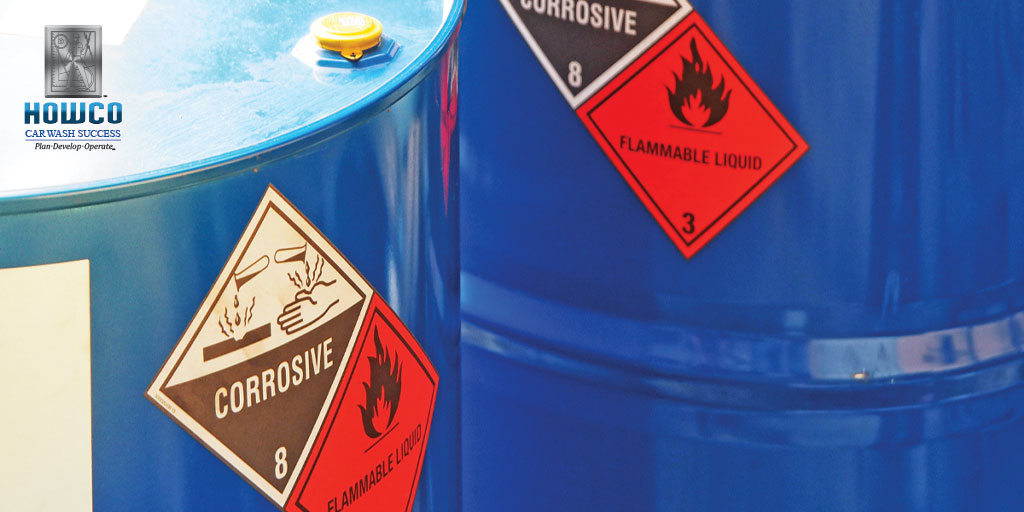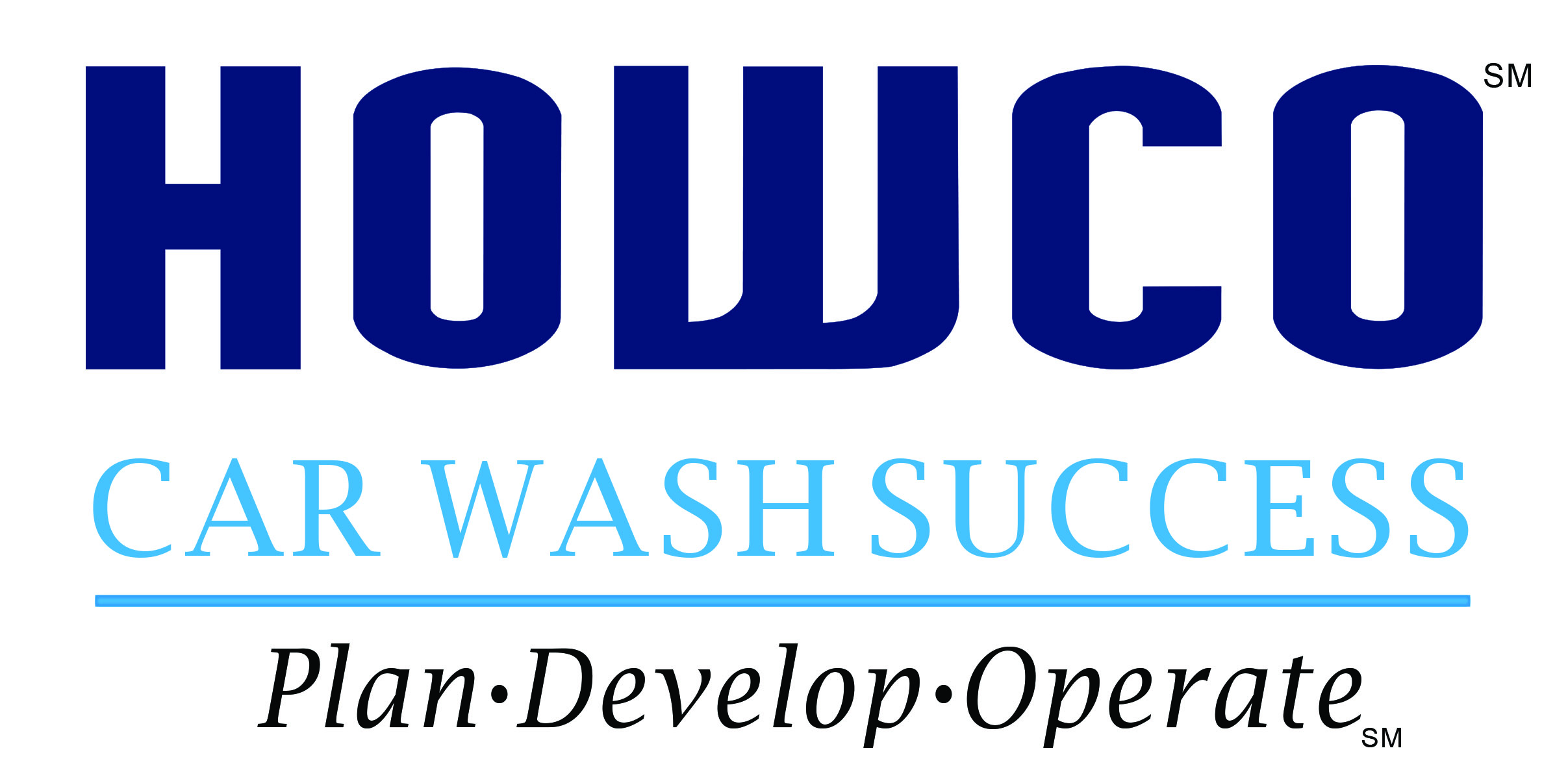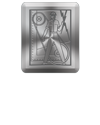Establish an Effective Hazardous Communications Program to Better Protect Your Employees, Customers, and the Environment
Dec 5, 2022

by Tim McGinnis, Safety, Health, & Risk Manager, Howco Inc.
Car washes are a dynamic environment and can challenge the most prepared owners and employees. Major focus areas include mechanical and hydraulic systems that require periodic preventive maintenance, employees who need to be outfitted and trained to do their job, and a customer base built by effective marketing and maintained by providing a consistently high level of service. However, one area of importance that doesn’t always receive the attention it deserves but can create headaches if improperly managed is an effective hazardous communications program (HAZCOM).
Many people in the car wash industry only think about HAZCOM when OSHA is mentioned. The program is a requirement of OSHA 1910.1200, and without one, you can be cited for various reasons. Communicating to employees the importance of a HAZCOM program and training them to properly handle, manage, and transport the chemicals utilized can increase the capabilities of your operation. This education impacts the personal protective equipment (PPE) you purchase; the knowledge to clean up spills that could affect people, property, or the environment; and, if needed, the ability to provide information on chemicals used on site to anyone who requests it.
An educated staff will be more apt to treat chemicals as a valuable resource and understand how the product can harm them if mistreated. Most customers see car washes as a sudsy location that cleans their vehicles. A knowledgeable team understands that those cleaning chemicals, even in a diluted form, can pose an exposure risk to their health.
As an employer, you are required to conduct hazard assessments IAW OSHA 1910.132 to determine the PPE required for employees. An effective HAZCOM program can enhance a hazard assessment by helping the reader understand the safety data sheets (SDS) and the recommended PPE listed, allowing staff to protect themselves during the handling of chemicals, especially those in concentrated form. Chemicals typically require some level of PPE, and correctly using the SDS is key to proper protection, particularly with corrosive chemicals. It is much easier to wash off or dispose of PPE than to have an employee injured by something preventable.
In the event of accidental exposure or injury, team members can immediately refer to the HAZCOM program for the proper actions to take. The product SDS will specifically address treating an employee who is hurt, with recommendations such as removing them from the hazard to fresh air, what first aid to employ, and how to decontaminate them using emergency showers and eyewash stations. If medical responders are called and/or that employee is transported to the hospital, you could be requested by a paramedic or doctor to present an SDS to better provide care to the patient.
Most car washes have a containment area wherein a spill is captured internally and doesn’t affect anything off property. If a spill happens outside the containment area, an effective HAZCOM program can provide immediate steps to ensure chemicals do not enter waterways or public sewers. These methods are typically defensive in nature but allow you to stop the spill from contaminating the environment while outlining how to dispose of hazardous waste. If it is a large spill, you are required to notify the proper authorities. An effective program and educated staff can prevent such accidents, protecting them, the public, and the environment and secondarily preventing lost time and money for the wash operation.
Once an effective HAZCOM program is established, maintain it by conducting annual reviews, updating safety data sheets as needed, and educating your staff on any changes. Performing an annual review ensures your employees have the program they deserve to protect them. If you replace an SDS, the previous version also must be retained for 30 years.
In the end, an effective HAZCOM program may not seem glamorous, but it ensures an educated and protected staff when handling chemicals and can prevent lost time and money due to negligence that is typically the cause of that OSHA visit car washers want to avoid in the first place.

